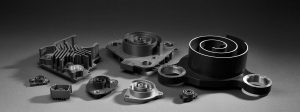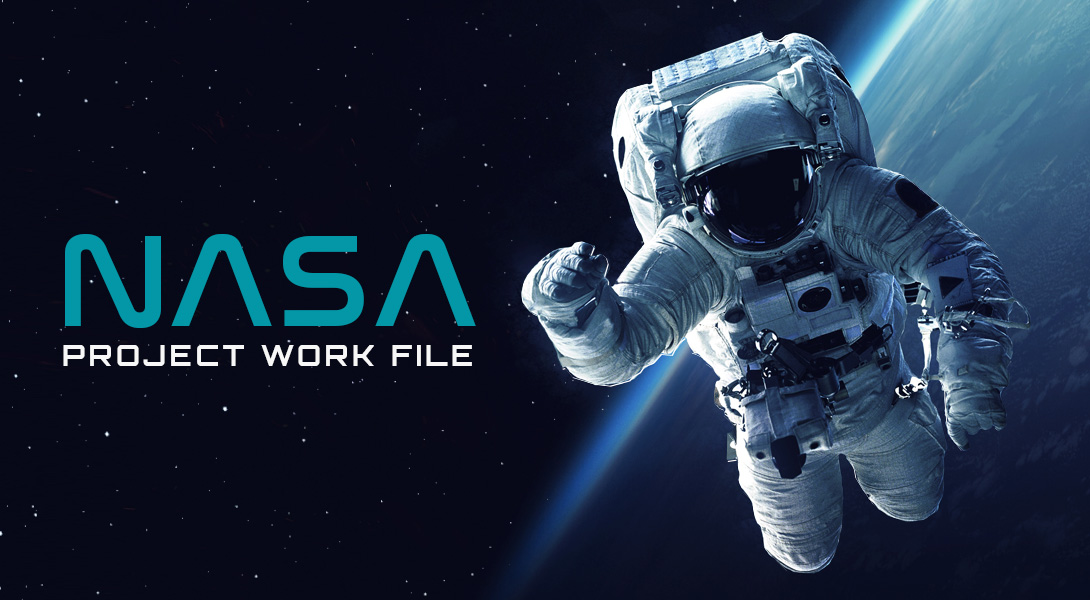Air Squared News
Lunar Lander Thermal Control System Proof of Concept Study
Air Squared has been awarded funding through NASA to develop a multiple-stage heat pump with an oil-free spinning scroll compressor.
Long-term human exploration of the Moon planned within the next decade must contend with dramatic temperature shifts on the lunar surface. To support human habitation, future lunar landers will need to regulate astronaut dormitory quarters where the ambient surface temperatures fluctuate from as low as -193 °C to as high as 120 °C. Any thermal control system (TCS) must be compact, lightweight, and able to be transported on a lunar lander. Current methods leverage water to reduce heat rejection temperatures through sublimation, which requires heavy volumes of water, adding to launch payload mass.
Air Squared has proposed a dual-loop TCS, with an outer-loop consisting of a multi-stage, high-lift, isopentane, vapor compression cycle (VCC) heat pump. The heat pump is centered around two spinning scroll compressors, staged for minimal power consumption. Each compressor is capable of high-speed operation, allowing it to provide additional flow and compensate for the other compressor in the event of failure or malfunction. An isopentane VCC additionally reduces resource requirements by supporting higher heat rejection temperatures and allowing the whole system to operate oil-free.
As part of the initial proof of concept phase, Air Squared will design, prototype, and test a lightweight, spinning-scroll compressor that is compatible with HFC refrigerants and operates 100% oil-free.
This material is based upon work supported by a Phase I SBIR award by the National Aeronautics and Space Administration under the topic: Spacecraft Thermal Management. Any opinions, findings, conclusions, or recommendations expressed in this material are those of the author(s) and do not necessarily reflect those of the National Aeronautics and Space Administration.







